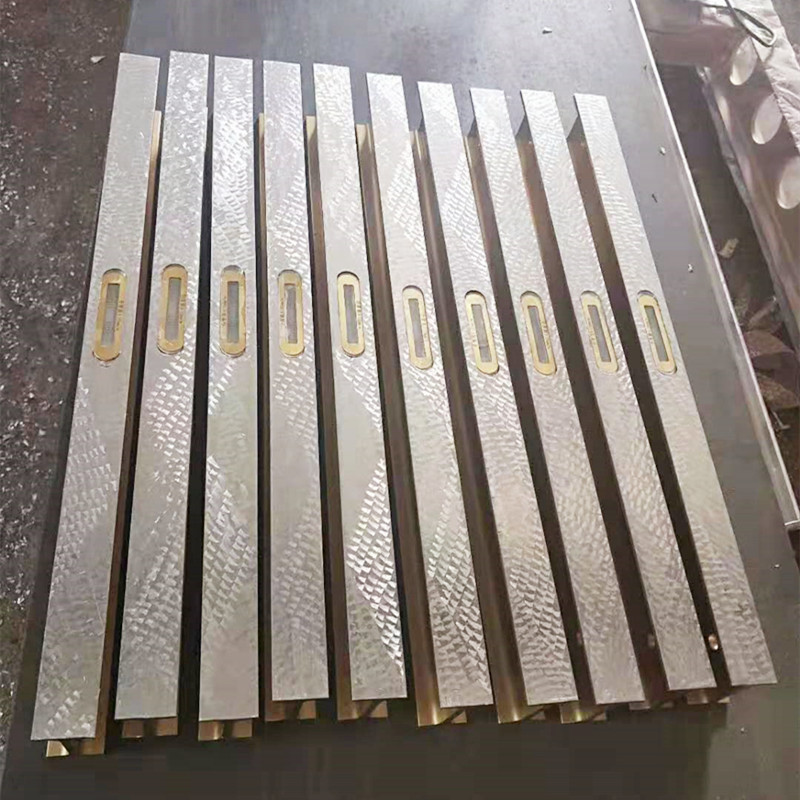Sep . 02, 2024 00:06 Back to list
High-Quality Gate Valve Seals for Optimal Performance
Gate Valve Seal An Essential Component for Fluid Control
Gate valves are widely used in various industries for controlling fluid flow, from water and oil to gas and more. Among the critical components of a gate valve is the seal, which plays a pivotal role in ensuring the valve functions effectively. Understanding the importance of gate valve seals can help in selecting the right type for specific applications and maintaining the longevity of the valve system.
The Function of Gate Valve Seals
The primary function of a gate valve seal is to prevent leakage when the valve is closed. A properly functioning seal creates a tight barrier between the valve body and the gate, which is the part that moves to open or close the flow of fluid. When the gate valve is fully closed, the seal should be robust enough to withstand the pressure of the fluid without allowing any seepage. This is especially crucial in systems handling hazardous or corrosive substances where leaks can pose safety and environmental risks.
Types of Gate Valve Seals
Gate valve seals come in various materials and designs, which can significantly impact their performance. Common materials include rubber, PTFE (Polytetrafluoroethylene), and metal. Each material has its advantages
gate valve seal

1. Rubber Seals Often used for their flexibility and ability to create a tight seal. They are suitable for low-pressure applications, especially in water systems. 2. PTFE Seals Known for their chemical resistance and high-temperature tolerance. PTFE seals are ideal for more aggressive fluids and higher temperature settings.
3. Metal Seals Utilized in extreme environments, metal seals provide durability and can handle high pressure and temperature fluctuations, making them suitable for industrial applications.
Importance of Seal Maintenance
Regular maintenance of gate valve seals is crucial to prevent leaks and ensure efficient operation. Over time, seals can wear down due to exposure to corrosive substances, extreme temperatures, or mechanical stress. Inspections should include checking for signs of wear, such as cracks or deformation, and replacing seals when necessary. Proper lubrication can also extend the life of the seals and the valve itself, reducing friction and preventing damage.
Conclusion
In summary, the gate valve seal is an integral part of the valve assembly, tasked with preventing leaks and maintaining control over fluid flow. Choosing the appropriate seal material based on the specific application is essential to ensure reliability and safety. Regular maintenance and timely replacement of worn seals can greatly enhance the performance and longevity of gate valves, making them indispensable in various applications across industries. Understanding the nuances of gate valve seals not only aids in optimal valve function but also fortifies the overall integrity of fluid control systems. By investing time and resources in understanding and maintaining these seals, operators can prevent costly leaks and downtime, contributing to the efficiency and safety of their operations.
-
Why Metric Trapezoidal Thread is Ideal for Precision Motion ControlNewsAug.05,2025
-
The Unique Properties of a Block of Granite for Industrial UseNewsAug.05,2025
-
The Role of Flanged Y Strainers in Preventing Pipeline ClogsNewsAug.05,2025
-
The Importance of Regular Calibration for Master Ring GagesNewsAug.05,2025
-
How a Cast Iron Surface Table Enhances Accuracy in ManufacturingNewsAug.05,2025
-
Comparing Different Check Valve Types for Optimal Flow ControlNewsAug.05,2025
Related PRODUCTS









